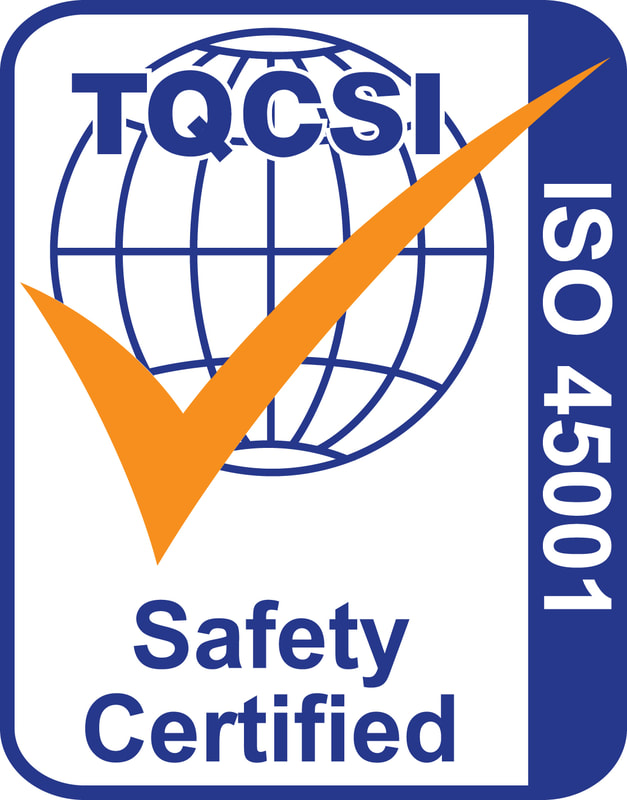ISO 45001 - Occupational Health and Safety Management System
ISO 45001 for OHS Management Systems requires organisations to adopt a risk based approach to their management of workplace safety. This first ISO standard for safety was published in 2018 and is based on the same Higher Level Structure that all ISO management system standards follow. ISO 45001 is not a prescriptive document, rather it is intended to enable organisations to provide safe and healthy workplaces, prevent work-related injury and ill health, and continually improve OHS performance.
OHS Management System Requirements
OHS Management Systems (OHSMS), also known as Safety Management Systems (SMS), require organisations to:
- conduct a risk assessment of the site, plant and equipment, and processes
- understand external & internal issues, and interested parties, relevant to workplace safety
- develop a Safety Policy – typically one page document declaring commitment to workplace safety
- develop a Risk Register
- develop an Safety or Management Manual – documenting as much or as little as you want but, typically, briefly addressing the clauses of ISO 45001
- develop procedures – only a few are required to address workplace safety monitoring, where required
- develop Job Safety Analysis (JSA), or similar, for identifying risks for projects, if applicable
- develop Safe Work Method Statements (SWMS) for any high risk processes
- develop Safe Operating Procedures (SOPs), or similar, for high risk equipment
- develop and monitor safety objectives and targets
- embrace workplace safety risks and opportunities throughout the business
- ensure compliance with regulatory requirements and codes of practice
- ensure staff are competent and understand the safety management system
- implement workplace inspections
- monitor safety performance
- plan responses to emergencies
- manage accidents and incidents, and investigate injuries
- control safety nonconformances and take corrective action for significant or repetitive nonconformances
- conduct internal audits of the safety management system
- ensure senior management strategically review the safety management system.
Documentation Requirements
- Risk Assessments (site, plant/equipment and processes)
- Safety Policy
- Risk Register
- Safety or Management Manual
- Procedures
- Job Safety Analysis (JSA), or similar
- Safe Work Method Statements (SWMS)
- Safe Operating Procedures (SOPs), or similar
- Safety Improvement or Management Plan (monitoring safety objectives and targets)
- Registers – for accidents & incidents, nonconformances and corrective action, and compliance
- Emergency Response Plan.
Implementing a Safety Management System
Benefits of a Safety Management System
- demonstrated due diligence by meeting regulatory and customer requirements
- meeting tender requirements
- improved reputation and enhanced company profile
- minimised risk and reduced workplace accidents and incidents
- improved OHS performance resulting in less accidents and incidents
- lower insurance fees
- less costs leading to increased profits
- improved morale and empowerment of employees
- established procedures to deal with safety issues as they occur, thereby saving time
- identifies actual documentation requirements for your business rather than having a plethora of unrelated policies and procedures
- meeting Community expectations
- easily integrated with other management systems.
TQCSI Certification Process
- contact your TQCSI Office and ask for a quote or apply on-line - TQCSI will need to know what your business does and how many employees (full time equivalent)
- to prevent delays, don’t wait until your Safety Management System is fully implemented.
Certification Mark
Need Help?
Contact us here.


